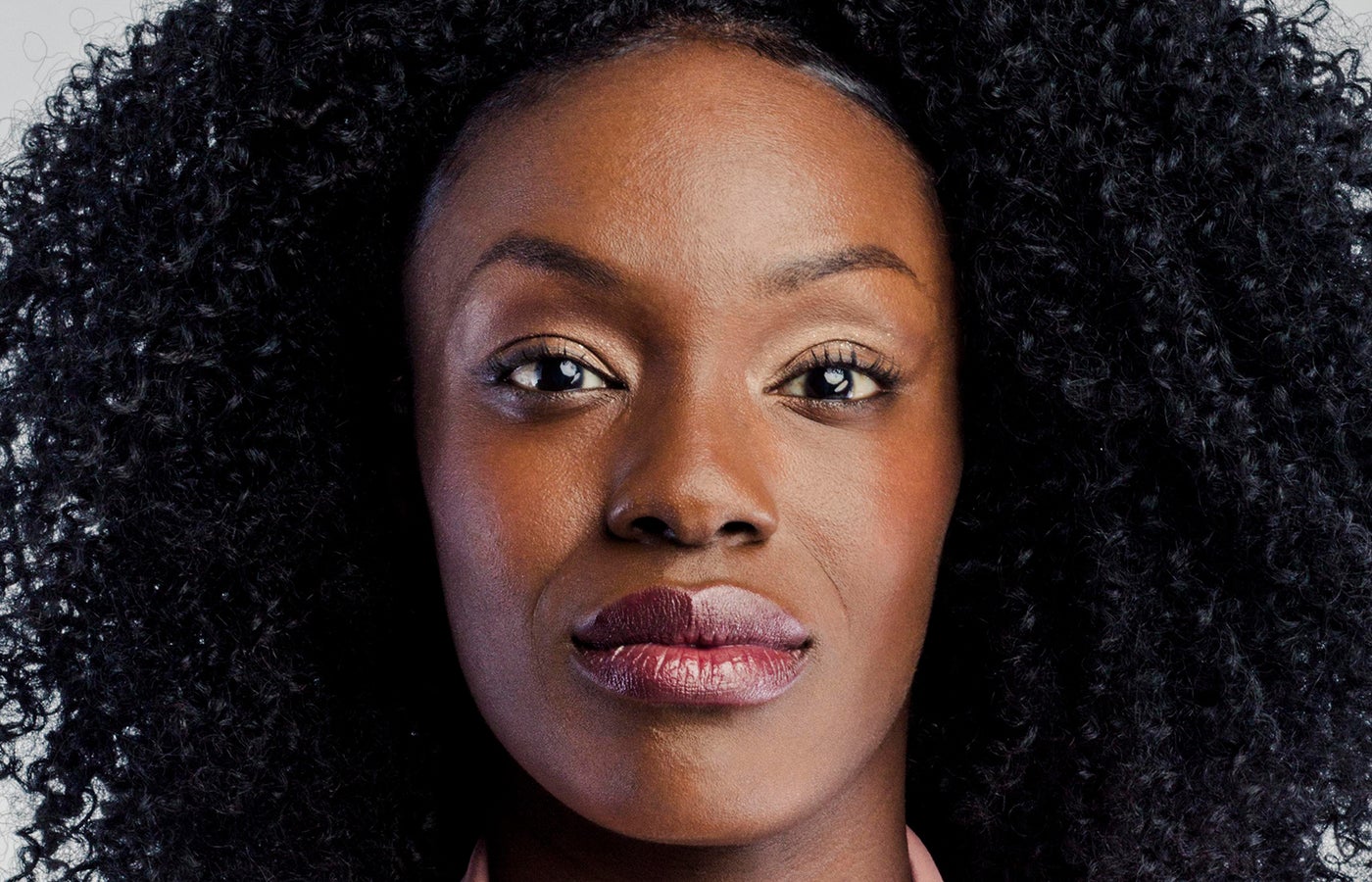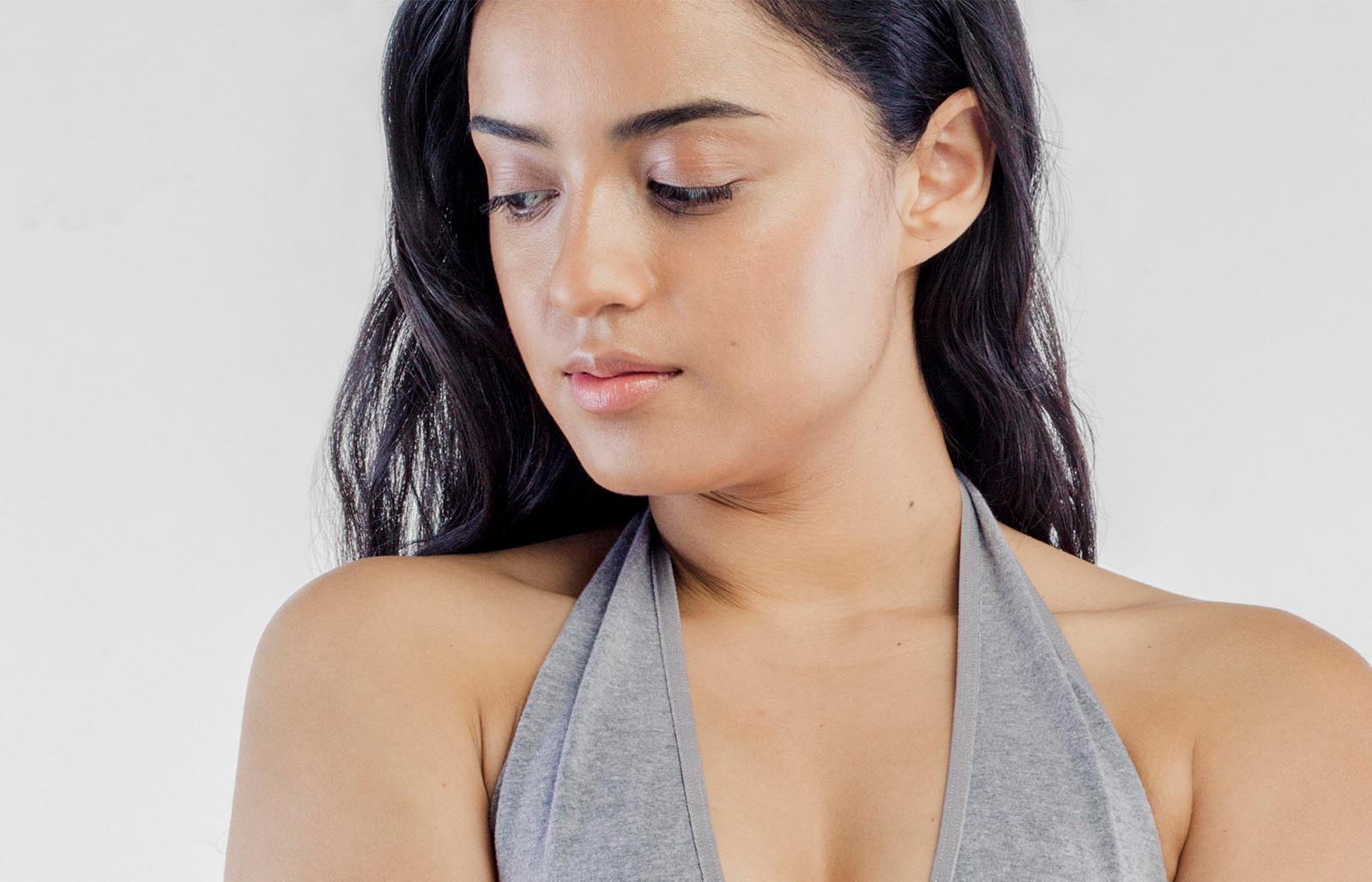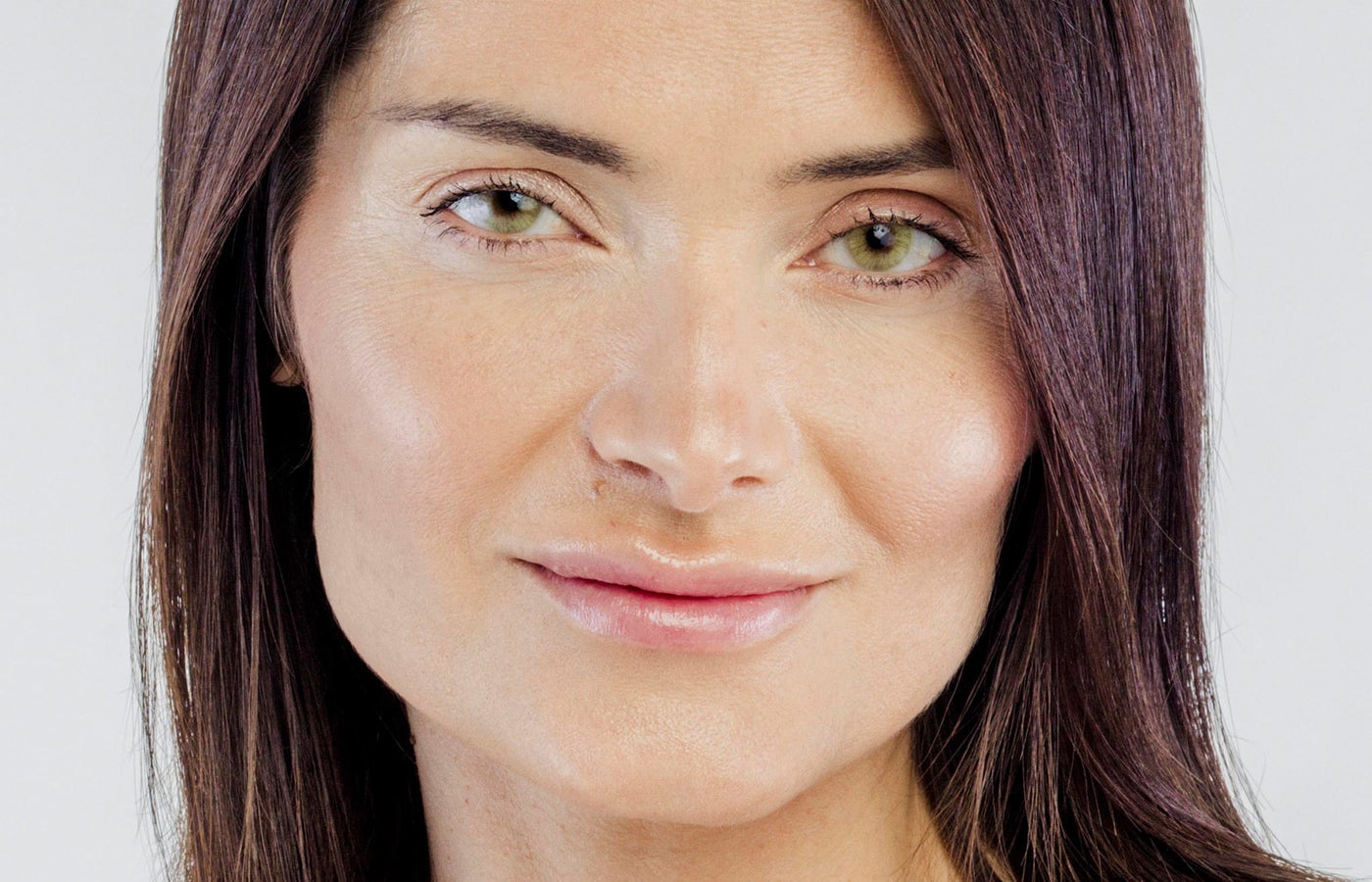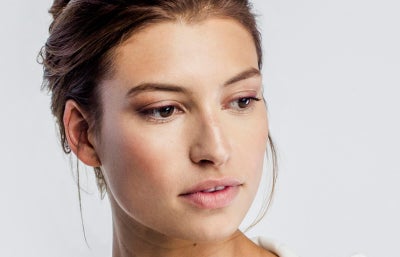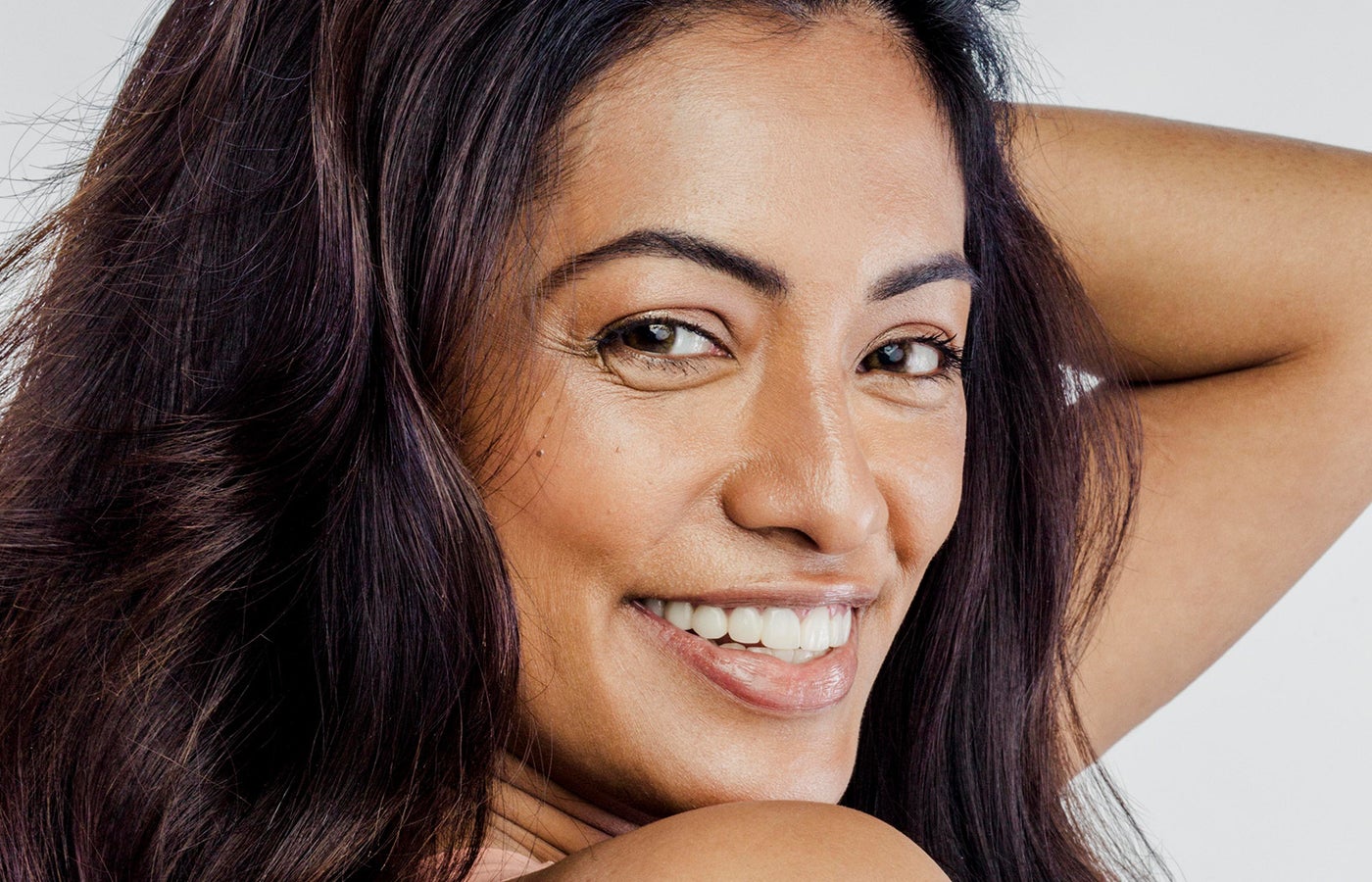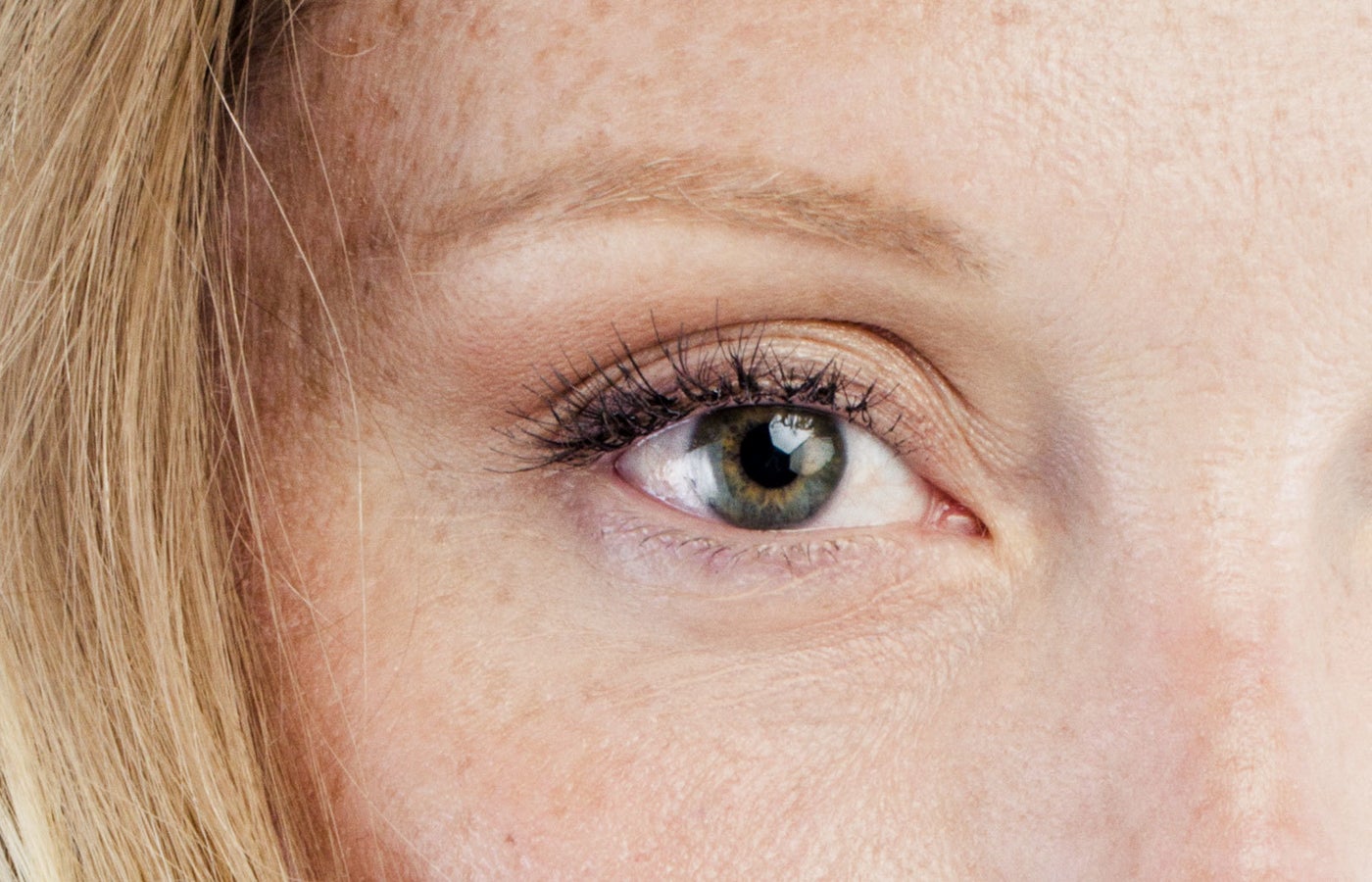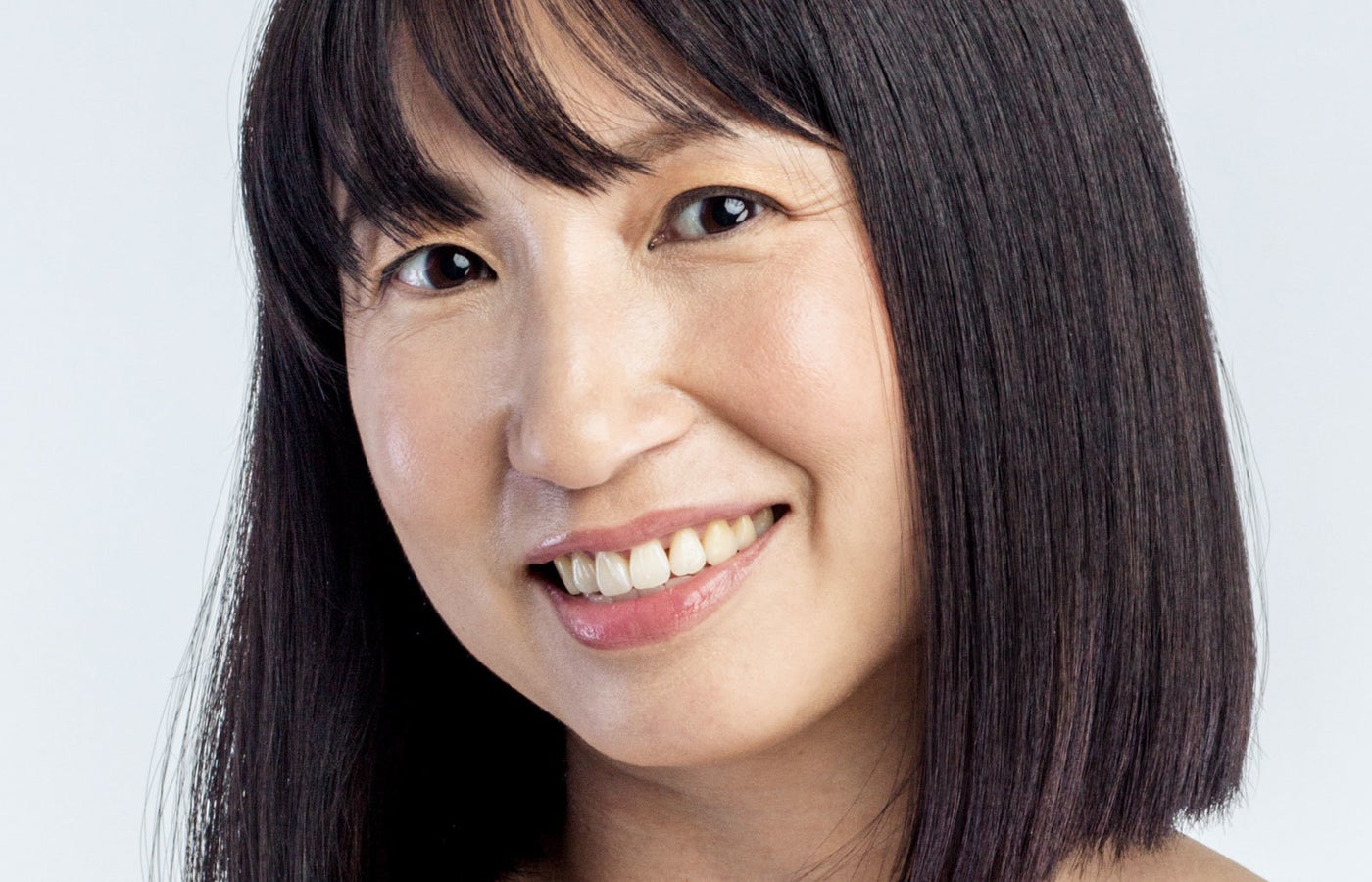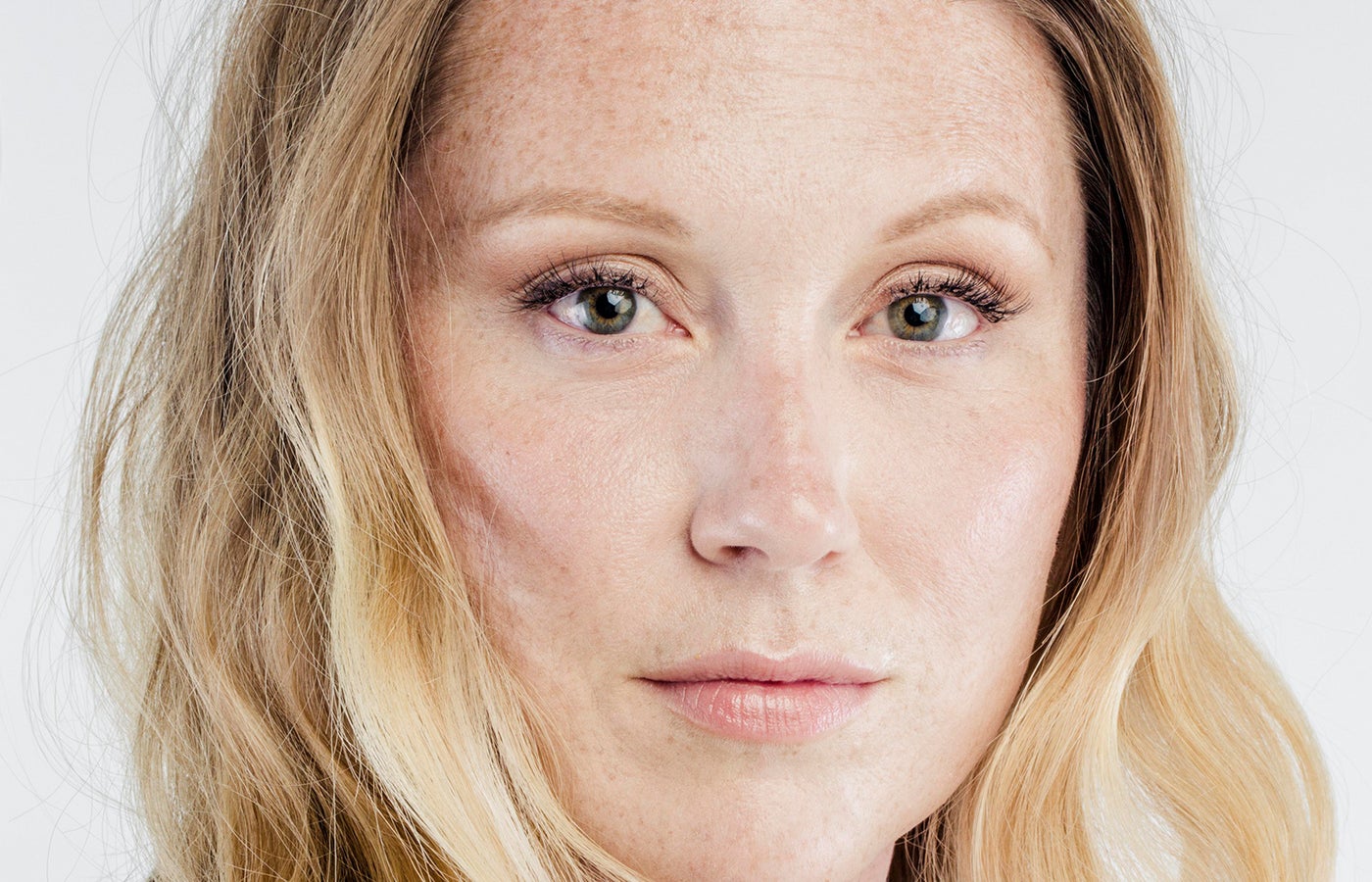Fine Lines & Wrinkles
Wrinkles mark the natural progression of our lives. While aging is a privilege, the fine lines and wrinkles that come with it are often unwelcome. Discover why wrinkles happen, how to prevent them altogether, and ways to reduce them once they start appearing.
Wrinkles mark the natural progression of our lives. While aging is a privilege, the fine lines and wrinkles that come with it are often unwelcome. Discover why wrinkles happen, how to prevent them altogether, and ways to reduce them once they start appearing.
Typical age for wrinkles
Top nonsurgical options
Surgical options
Skin-care solutions
Wrinkles are lines and folds that form in skin as a natural part of the aging process. Skin wrinkles range in size and severity from fine lines to deep furrows and grooves.
Genetics plays a large role in your skin’s structure and texture. Wrinkles are also common in areas that get the most sun exposure, such as the face and neck, the arms, and the backs of the hands.
But not all wrinkles are created equal. In fact, there are four main types of wrinkles, each with its own causes.
- Atrophic crinkling rhytids look like fine lines, running in parallel. They indicate a loss of elasticity and usually occur when collagen in the skin atrophies with age and new collagen production slows down. You can often see these wrinkles under the eyes. As skin thins, it becomes more fragile and delicate. Your skin also produces less oil, making it drier and more likely to look creased. Fat erodes in the deeper layer of skin, and volume loss makes wrinkles more obvious. Smoking accelerates premature aging by affecting the skin’s blood supply. The harmful free radicals produced by smoking also take their toll on skin health.
- Permanent elastotic creases are the result of sun exposure. These wrinkles are usually found on the cheeks, upper lip, and back of the neck. Sun exposure is a major cause of wrinkles in people with fair skin, according to the Mayo Clinic. In fact, up to 90% of the visible skin changes commonly attributed to aging are caused by the sun, which also contributes to pigmentation issues and increases your risk of skin cancer. UV rays damage collagen and elastin, which are the connective tissues that give skin its firm, supple texture. Without these support structures, skin becomes loose or slack, contributing to the appearance of wrinkles. By avoiding the sun during peak hours (from 10 a.m. to 2 p.m.), you can reduce sun exposure by as much as 60%. If you’re outside during these peak times, take sun protection seriously: wear protective clothing and sunglasses; stay in shaded areas; and, of course, always use sunscreen. The American Academy of Dermatology recommends a broad-spectrum sunscreen with an SPF of 30 or higher. Not only does sunscreen help prevent wrinkles, but one study found that daily application actually reversed existing signs of sun damage, including wrinkles.
- Dynamic expression lines, as the name indicates, are caused by repeated facial expressions. Every time you squint, scowl, or smile, a groove forms in the skin around the facial muscles involved in the movement. Over time, skin doesn’t bounce back as well as it once did and the grooves become more permanent. Dynamic wrinkles include crow’s-feet and glabellar lines (known as “elevens”). They can also be named for the movement that creates them, like frown lines or smile lines. Repeatedly pursing your lips around a cigarette or straw can also create “smoker’s lines.”
- Gravitational folds look like sagging skin, and they’re the result of the pull of gravity over time, as you can see in deep nasolabial folds. Weight loss and fat loss in the face can also intensify the look of these lines.
Most people tend to start noticing facial wrinkles in their late 20s, since the body’s ability to produce collagen naturally starts to decline at age 25. Contributing factors, such as sun damage, an unhealthy diet, smoking, and menopause, can speed up collagen depletion and make you look older than you are.
Wrinkling tends to be more visible if you’re facially expressive, and it usually shows up most under the eyes and around the mouth, where the nasolabial folds (smile lines), lip lines, and marionette lines deepen over time.
In-office treatments, like lasers, and neuromodulators, like Botox, can reduce (and even prevent additional) wrinkles more effectively than any skin-care solution.
The best treatment for you depends on what kind of wrinkles you have, but doctors and RealSelf members say these are the options that can deliver the best results.
- Botox temporarily blocks nerve signals to the facial muscles and stops them from contracting. That keeps them relaxed, which softens the appearance of lines and wrinkles. Botox, derived from botulinum toxin type A, is ideal for treating the dynamic wrinkles caused by repeated muscle movements. It can also delay the onset of lines by preventing repetitive facial expressions. Deep, static wrinkles that remain visible regardless of facial movement will not be improved with Botox. Currently, Botox is FDA-approved to treat crow’s-feet, frown lines, and forehead lines, though it’s also used to soften lip lines, crinkles on the bridge of your nose, neck bands, and other wrinkles in the lower half of the face. The effects wear off within three to four months, depending on how your body metabolizes the Botox—so you’ll need maintenance treatments, for lasting results. It’s also important to go to an experienced injector in order to get the best results and avoid problems. Find doctors who offer Botox
- Dermal fillers that are injected beneath the skin can smooth lines and fill in folds. By plumping skin, they instantly smooth out wrinkles. Most fillers are made with hyaluronic acid, which is naturally found in the body and considered very safe. Restylane and Juvéderm are the most commonly used hyaluronic acid fillers. It’s also worth considering the RHA Collection, the only fillers that are FDA approved to treat dynamic facial wrinkles and folds. The injections are quick and relatively painless. Results are temporary; you’ll need touch-ups to maintain them, but some can last up to 18 months. Hyaluronic acid filler can be reversed with hyaluronidase, an enzyme that breaks it down, so it’s considered the safest type of filler. Find doctors who offer injectable fillers
- Chemical peels use an acidic solution to slough away the top layers of skin, increase skin cell turnover, and boost collagen production. In addition to smoothing fine lines and wrinkles, chemical peels can treat a host of skin concerns, including acne scars and age spots. The intensity can be customized to your skin issues and tone, and they’re often more affordable than lasers that promise similar results. Medium-strength peels are best for treating wrinkles and other effects of moderate sun damage, since they affect both the superficial layer of skin and upper portion of the dermis (which lies beneath it). They usually require a few days of recovery time, with redness and flaking. There is a risk of hyperpigmentation, and you’ll need an annual peel to maintain results. Since not all peels are created equal, talk to your dermatologist and find out what they’d recommend for your skin. Find doctors who offer chemical peels
- Laser resurfacing heats up the lower layers of skin, causing micro injuries that trigger the body’s healing process. The skin—as well as collagen and elastin—eventually regenerates, improving tone and texture. These renewed fibers make skin feel and look more supple and firm, minimizing the appearance of lines. There are two types of laser skin resurfacing. Ablative lasers provide dramatic results in a single treatment but are generally more painful and require up to a week of downtime. Non-ablative lasers, on the other hand, offer similarly good results—however, there’s little or no downtime involved (though multiple sessions are usually necessary, to achieve comparable results to ablative lasers). One of the most popular laser treatments, Fraxel, combines ablative and non-ablative technologies but keeps downtime minimal by targeting only a fraction of the skin at once. Find doctors who offer laser resurfacing
- Microneedling is an in-office treatment that involves piercing the skin with tiny needles. This creates micro injuries, which trigger the body’s natural healing response and stimulate the production of new collagen. That collagen provides the support that gives skin its firm, supple texture and smooths the look of wrinkles. The procedure is quick, cost-effective, and safe for all skin tones (though those with active skin conditions, such as eczema or rosacea, should avoid it). You’ll have one to three days of downtime, during which your skin will look like it has a bad sunburn. Some RealSelf members have also reported scarring and the appearance of “pinpricks” across their skin, particularly if they’ve tried at-home microneedling or have gone to an inexperienced provider. Microneedling won’t offer dramatic tightening of skin that’s wrinkled from sagging, but it can offer some rejuvenation, visibly improving fine lines and shallow wrinkles. You’ll need multiple treatments, to see the most significant effects. Find doctors who offer microneedling
- Vivace, Morpheus8, and similar treatments combine microneedling with radiofrequency energy, to tighten and firm skin. The microneedling spurs the body’s healing response and new collagen production, while radiofrequency energy waves have a tightening effect. Together, they can firm skin and smooth lines and wrinkles while improving your skin’s overall tone and texture. The time it takes to see results depends on how quickly your body produces collagen, and it usually takes three to four treatments, over several months, to see the full effects. Most patients also need annual follow-up treatments in order to maintain results. Find doctors who offer Vivace
- Retin-A, a retinoid, is among the most effective topical ingredients for treating wrinkles. Derived from vitamin A, retinoids increase cell turnover and spur collagen production, which smooths and plumps skin. Retin-A is a brand name for tretinoin, as is Renova, a more emollient form that’s often prescribed to treat wrinkles and other signs of aging. (Tazorac, also marketed as Avage, is another effective retinoid.) Though topical retinoids like tretinoin have become the gold standard for treating aging skin, they come with a downside. “Tretinoin is a fabulous product to prevent wrinkles and produce new collagen in the skin,” says New York City dermatologist Dr. Michele Green. “Retin-A, however, can be very irritating, so it’s important to start with a low dosage, such as 0.25%, to avoid irritation. You can start with a few days a week and then work up to every night.” Find doctors who offer Retin-A
For deep wrinkles and folds, a surgical procedure can provide more dramatic smoothing.
- Eyelid surgery, or blepharoplasty, tightens sagging eyelid skin. It can be performed on the upper or lower lid, to reduce laxity and wrinkles. Recovery is considered to be fairly easy, with about four to seven days of downtime. Blepharoplasty is considered safe and long-lasting (results can be seen for 10 to 15 years), with minimal side effects. Find doctors who offer eyelid surgery
- Facelifts alone aren’t a great option to treat fine lines and superficial wrinkles, according to the Mayo Clinic; other cosmetic procedures mentioned can address those. Rather, this procedure is ideal for people who have sagging cheeks, jowls, marionette lines, lax skin on the face and neck, and neck bands. And ultimately, nothing can smooth deep folds, wrinkles, and sagging skin like a facelift. During a facelift, a facial plastic surgeon tightens the underlying muscles, redrapes the tissue, and removes excess skin, which smooths out deep wrinkles and crevices, such as those around the nose and mouth. It’s done either under general anesthesia or local with IV sedation and is often performed in an outpatient setting, so you’d go home the same day. The plastic surgery can be expensive and requires up to two weeks of downtime (though some return to normal activities sooner). Because it’s a surgical procedure, there’s a greater risk of complications than with less invasive options, but RealSelf members give it one of the highest Worth It Ratings of any surgery. Find doctors who offer facelifts
- A neck lift is the ideal surgical procedure for those who desire a more defined jawline and a smoother neck. The surgery is performed under local or general anesthesia and addresses excess fat and loose skin along the neckline. While this is a significant procedure that usually requires one to two weeks of downtime—with full healing in about three to four months—results can last for many years. It is considered a relatively safe procedure, but as with any surgery, there are rare complications worth noting. For instance, facial nerves can be injured during a neck lift, which results in temporary weakness of one side of the lower face. Fortunately, this typically resolves on its own within three to six months. Find doctors who offer neck lifts
- A brow lift raises the forehead, to lift a sagging brow and smooth forehead lines and wrinkles. This surgical procedure is best for those who want to give the upper part of their face a more youthful appearance. There are multiple different techniques that can be used when performing a brow lift; however, all options require incisions. Because of this, there is a potential for scarring or hair loss along the incision site. Significant swelling and bruising are also common in the first two weeks post-surgery. Final results can take up to six months and will continue for years. Some patients even report results lasting as long as a decade. To ensure results last as long as possible, it’s recommended to regularly use medical-grade skin care and sunscreen products in order to minimize the development of sagging skin and wrinkles. Find doctors who offer brow lifts
Over-the-counter skin-care products with retinol, peptides, hyaluronic acid, and antioxidants can offer a mild to moderate improvement in the appearance of wrinkles, but the results don’t usually last as long as and are less noticeable than medical-grade skin care or in-office treatments. Moisturizing regularly also helps, since hydrated skin looks plumper than dry skin.
Antioxidants are essential to skin health and provide a number of benefits, which include protecting the skin from sun damage, reducing inflammation, brightening skin tone, and aiding in cellular repair. Oxidative stress occurs due to sun exposure, smoking, and environmental pollution as well as natural metabolic processes. This is why antioxidants are so important.
- Vitamin C is one of the most researched antioxidants, best known for its collagen-boosting effect and for protecting the skin against free radical sun damage and premature skin aging. The Obagi Professional-C Serum is a top vitamin C–based product choice among providers, thanks to its high concentration of antioxidants.
- Vitamin A, perhaps one of the most powerful antioxidants of them all, is best known for its ability to reverse the aging process through cell turnover, eliminating lines and wrinkles.
- CoQ10 is a natural antioxidant that can also be found in our bodies. As we age, our reserve of this antioxidant—which is responsible for overall skin health, elasticity and texture, diminishes. Products rich in CoQ10 can help bring back your youthful glow.
- Resveratrol promotes longer cell life.
- Niacinamide, also known as the B3 vitamin, is best known for its ability to reduce fine lines and wrinkles while improving the texture of the skin.
- Flavonoids are antioxidants often found in green tea. They protect the skin by absorbing UV light, preventing photoaging.
Finally, nutrition is also very important. Drinking at least 32 oz. of water daily is one of the best nutritional habits you can develop. We lose fluid through natural processes, such as sweat, and this loss needs to be replenished through hydration.
In addition, eating foods rich in omega-3 fatty acids (fish, nuts, olive oil) will help cellular turnover and increase collagen production, giving you radiant and smoother skin. Fatty fish is a great source of much-needed omega-3s, and salmon might be your best bet to fulfill the body’s nutritional needs and preserve your skin’s smoothness and freshness. Omega-3 fatty acids moisturize the skin and protect it from the UV damage that can lead to premature wrinkling.
Updated July 6, 2021


